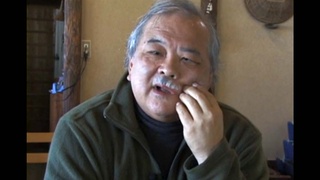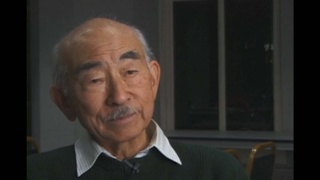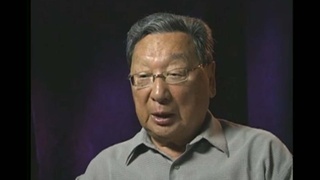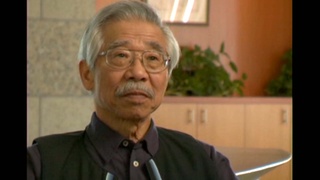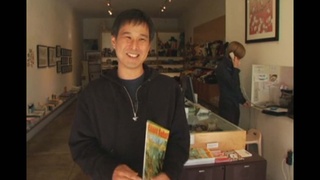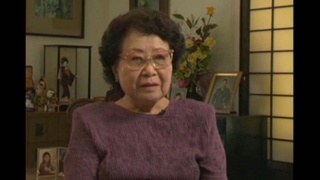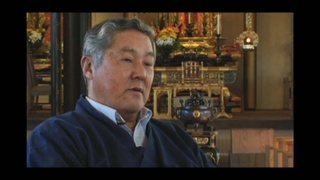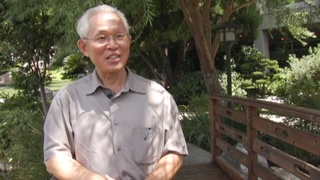Interviews
Closing the Japanese school and deportation (Spanish)
(Spanish) Before they expelled us from school, something else happened. As time passed, we believed, my father also believed, that nothing was going to happen to our school, to our director who came from Japan, to the teachers who [also] came from Japan. Here they began first in Lima, where there was a famous looting of Japanese stores. Before that happened, there was the confiscation of farms. How many Japanese lost their farms, how many Japanese lost their stores, their goods, not their stores. They emptied these stores completely…in San Nicolás there began another reaction against the Japanese. Because of this my father had sold his store, his business; therefore, the other man [previously mentioned] was well informed of what was happening in Lima and elsewhere.
They intervened in the school, closed it up, arrested the director; the bad thing was that the director had a room that no one knew about at the time, where he listened to shortwave radio broadcasts from Nihon. In the morning, while we were doing 'radio taiso,' the director would tell us about what he had just heard on the radio. The police entered and wrecked everything. They arrested the director and the teachers and shipped them off to the concentration camp.
I*: They deported them?
Ah, of course. They sent them to Texas, I believe, and the others I don’t remember. They were not together. [Some] were sent to different locations. The Americans are very skillful at such things. And we [Japanese were tossed] out on the street.
* “I” indicates an interviewer.
Date: September 6, 2007
Location: Lima, Peru
Interviewer: Harumi Nako
Contributed by: Asociación Peruano Japonesa (APJ)

